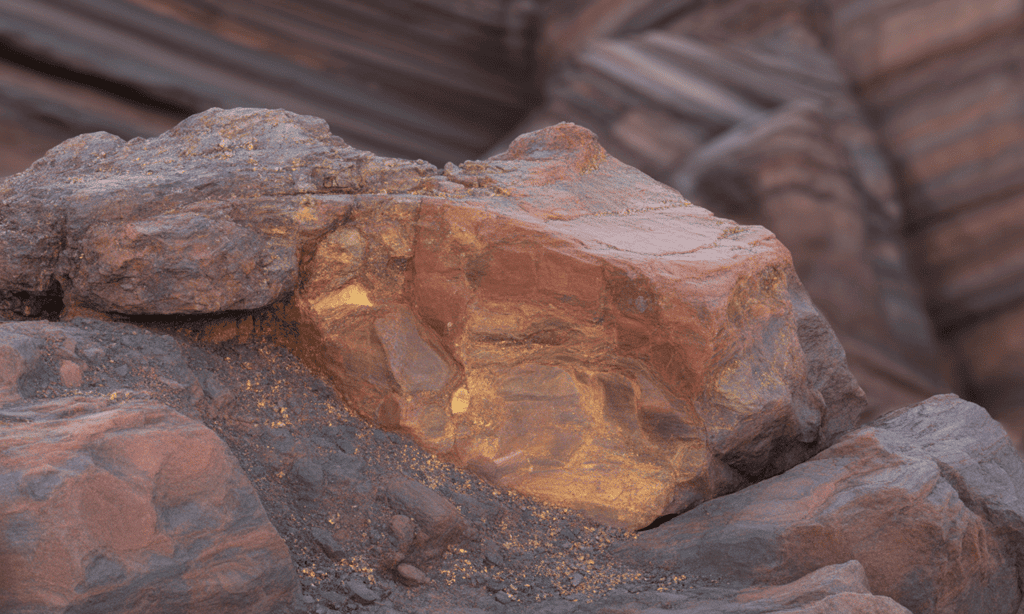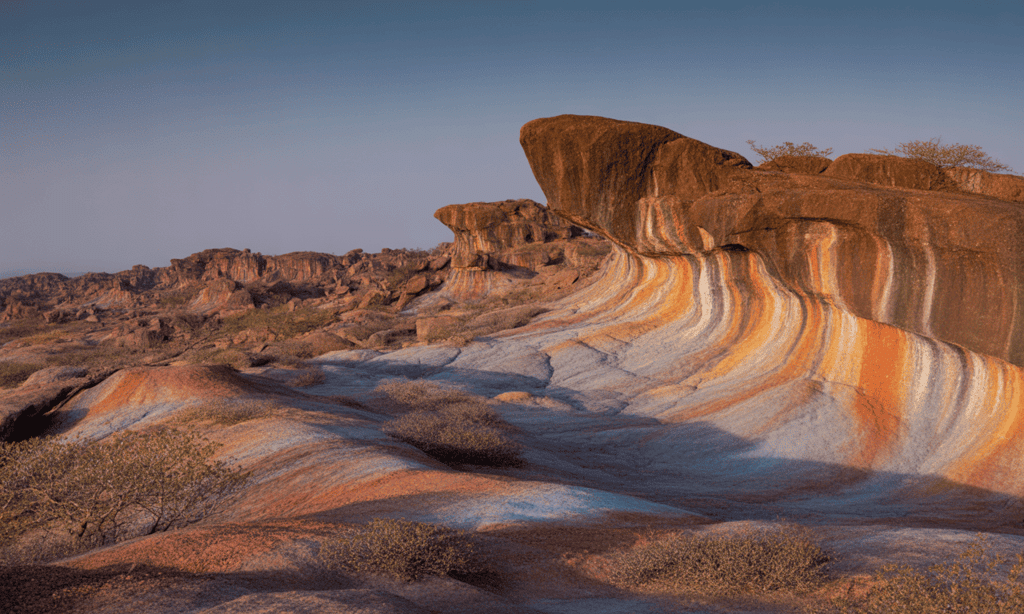Unit Test (Solutions): Minerals and Energy Resources | Social Studies (SST) Class 10 PDF Download
Time: 1 hour
M.M.: 30
Attempt all questions.
- Question numbers 1 to 5 carry 1 mark each.
- Question numbers 6 to 8 carry 2 marks each.
- Question numbers 9 to 11 carry 3 marks each.
- Question numbers 12 & 13 carry 5 marks each.
Q1. Which of the following is a ferrous mineral?
a) Copper
b) Bauxite
c) Iron ore
d) Mica
Ans: c) Iron ore
Iron ore is a ferrous mineral, containing iron. The other options are non-ferrous minerals.

Q2. Which type of coal is considered the highest quality?
a) Lignite
b) Bituminous
c) Anthracite
d) Peat
Ans: c) Anthracite
Anthracite is the highest quality coal, known for its high carbon content and heating value. The other types have lower carbon content.
Q3. Where are placer deposits typically found?
a) In igneous rocks
b) In valley sands or hill bases
c) In ocean beds
d) In metamorphic rocks
Ans: b) In valley sands or hill bases
Placer deposits are typically found in valley sands or hill bases, where minerals are concentrated by water action.
Q4. Which state is the largest producer of bauxite in India?
a) Rajasthan
b) Odisha
c) Gujarat
d) Jharkhand
Ans: b) Odisha
Odisha is the largest producer of bauxite in India, contributing significantly to the country's aluminium production.
Q5. Which of the following is a non-conventional source of energy?
a) Coal
b) Petroleum
c) Solar energy
d) Natural gas
Ans: c) Solar energy
Solar energy is a non-conventional source of energy, unlike the fossil fuels listed in the other options.
Q6. Define a mineral and give one example.
Ans: A mineral is a naturally occurring substance that is uniform in composition and has a specific internal structure. It forms through geological processes. Example: Quartz
Q7. Name two major iron ore belts in India and mention one state associated with each.
Ans: Iron ore belts in India:
- Odisha-Jharkhand belt: Associated with Odisha.
- Durg-Bastar-Chandrapur belt: Linked to Chhattisgarh.
Q8. What is the importance of manganese in the steel industry?
Ans: Manganese plays a crucial role in the steel industry for the following reasons:
- It is vital for producing steel and ferromanganese alloys.
- Approximately 10 kg of manganese is needed to create one tonne of steel.
- Manganese enhances the strength and durability of steel.
Q9. Explain how bauxite is formed and name two regions in India where major bauxite deposits are found.
Ans: Bauxite is formed through the breakdown of surface rocks. This process removes soluble elements, leaving behind a weathered material that is rich in aluminium silicates. In India, major bauxite deposits are found in:
- Amarkantak plateau
- Bilaspur-Katni plateau
 Plateau
Plateau
Q10. Describe the hazards of mining to the environment.
Ans: Mining poses several environmental hazards, including:
- Water contamination: Mining activities can pollute local water sources.
- Land degradation: Waste and slurry dumping damage land and soil quality.
- Increased pollution: Streams and rivers often suffer from higher pollution levels.
- Ecosystem disruption: These activities can harm local ecosystems and biodiversity.
Q11. What are gobar gas plants, and what are their two main benefits?
Ans: Gobar gas plants utilise cattle dung to generate biogas, a form of renewable energy. They offer two main benefits:
- Provide energy for cooking and electricity.
- Enhance the quality of manure, which helps reduce deforestation and reliance on dung cakes as fuel.
Q12. Discuss the characteristics of ferrous minerals and describe two major iron ore belts in India.
Ans: Characteristics of Ferrous Minerals:
- Contain iron as a primary component, including iron ore and manganese.
- Crucial for the iron and steel industry, which supports industrial growth.
- Account for about three-fourths of the total value of metallic mineral production in India.
- Support metallurgical industries and enhance exports, contributing to the economy.
Major Iron Ore Belts in India:
- Odisha-Jharkhand Belt: Features high-grade hematite ore, with significant mining in Badampahar (Mayurbhanj, Odisha) and Gua/Noamundi (Singhbhum, Jharkhand).
- Durg-Bastar-Chandrapur Belt: Contains very high-grade hematite in the Bailadila hills (Bastar, Chhattisgarh), with exports to Japan and South Korea via Vishakhapatnam port.
Q13. Explain the importance of non-conventional energy sources and describe two types with their significance in India.
Ans: Importance of Non-Conventional Energy Sources:
- They are renewable, which reduces reliance on limited fossil fuels like coal and petroleum.
- They help meet increasing energy demands sustainably, supporting sectors such as agriculture, industry, and transport.
- They promote energy efficiency and environmental conservation in India, where energy efficiency is low.
Two Types and Their Significance:
Solar Energy: Generated using photovoltaic technology to convert sunlight into electricity. Significant in India due to abundant sunlight, it reduces dependence on fossil fuels and aids in rural electrification.
Wind Energy: Produced using wind turbines, with Tamil Nadu hosting the largest wind farm cluster from Nagercoil to Madurai. Provides clean energy and supports India’s renewable energy targets.
|
66 videos|614 docs|79 tests
|
FAQs on Unit Test (Solutions): Minerals and Energy Resources - Social Studies (SST) Class 10
| 1. What are the different types of minerals and how are they classified? |  |
| 2. What is the significance of energy resources, and what are the main types? |  |
| 3. How do minerals impact the economy of a country? |  |
| 4. What are some environmental concerns associated with mineral extraction? |  |
| 5. What are fossil fuels, and why are they important? |  |
















